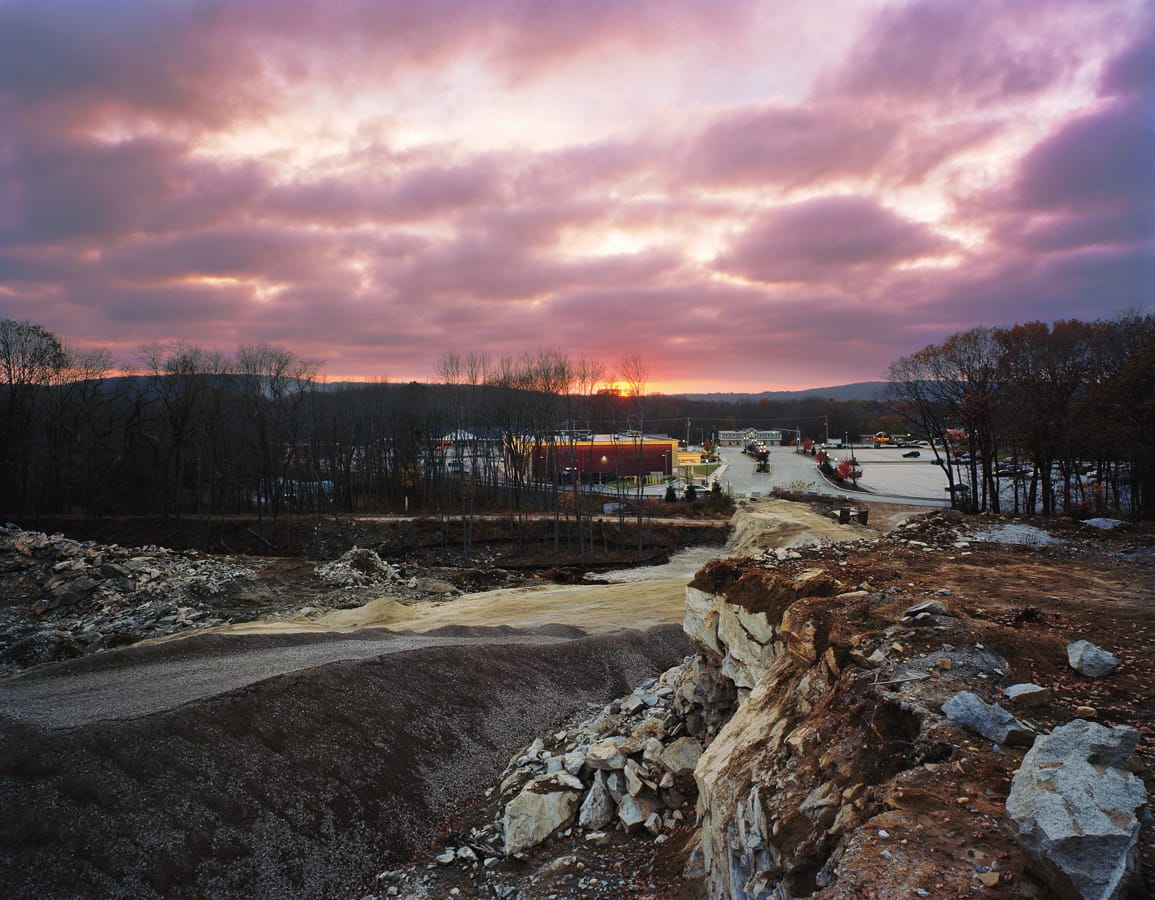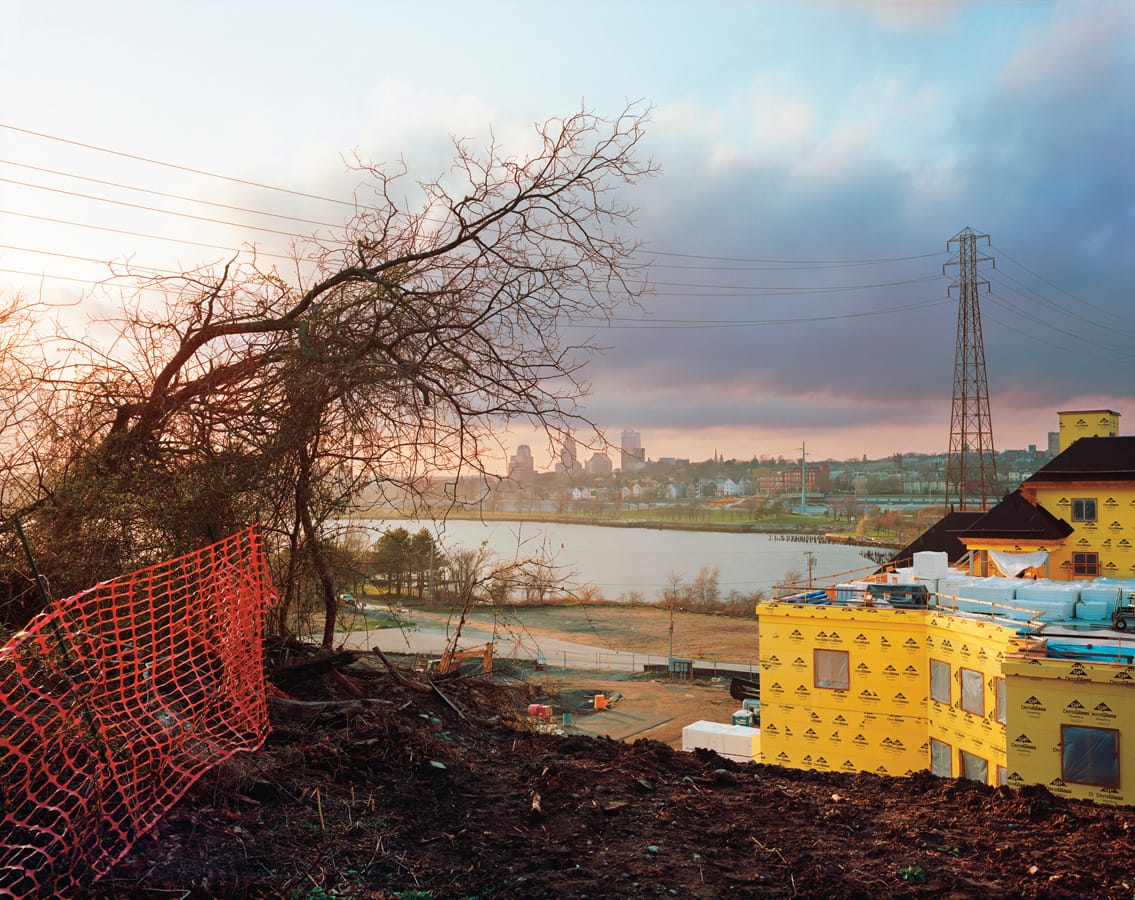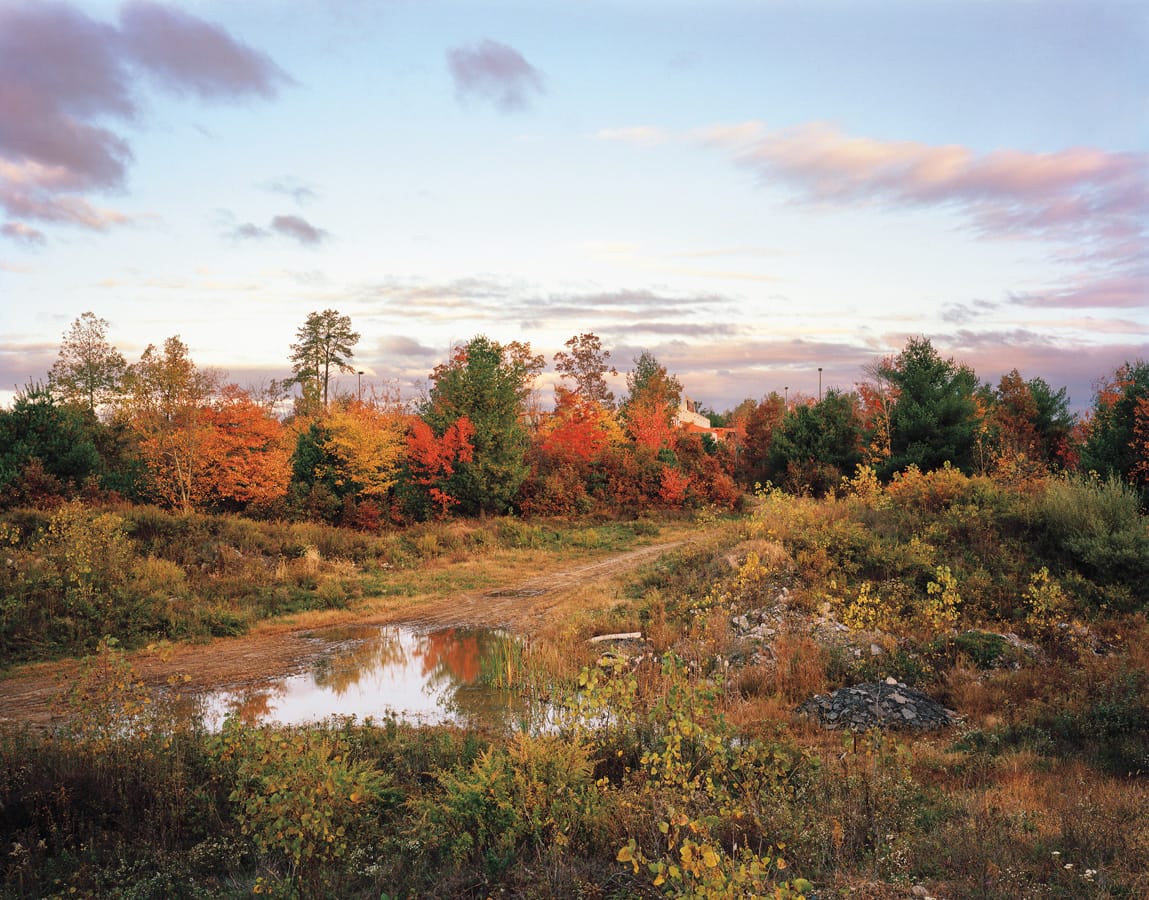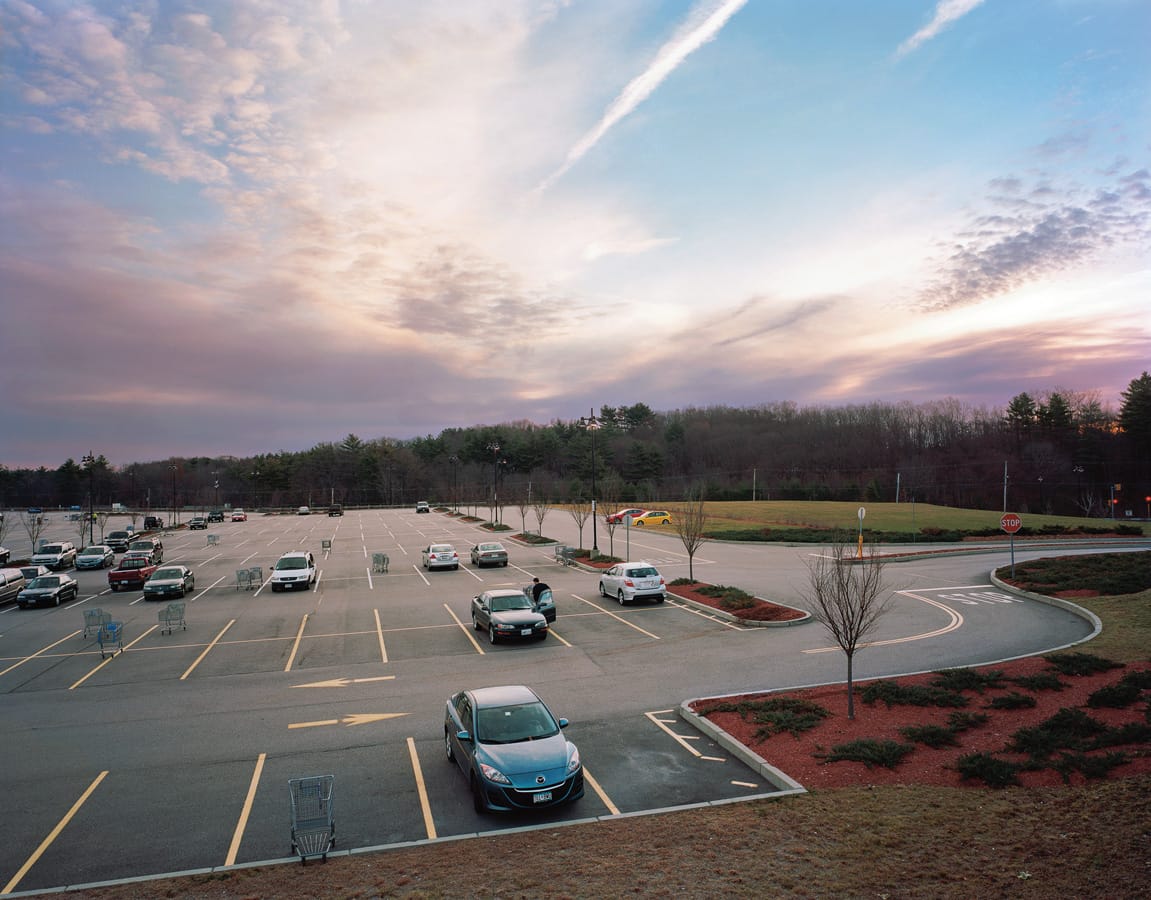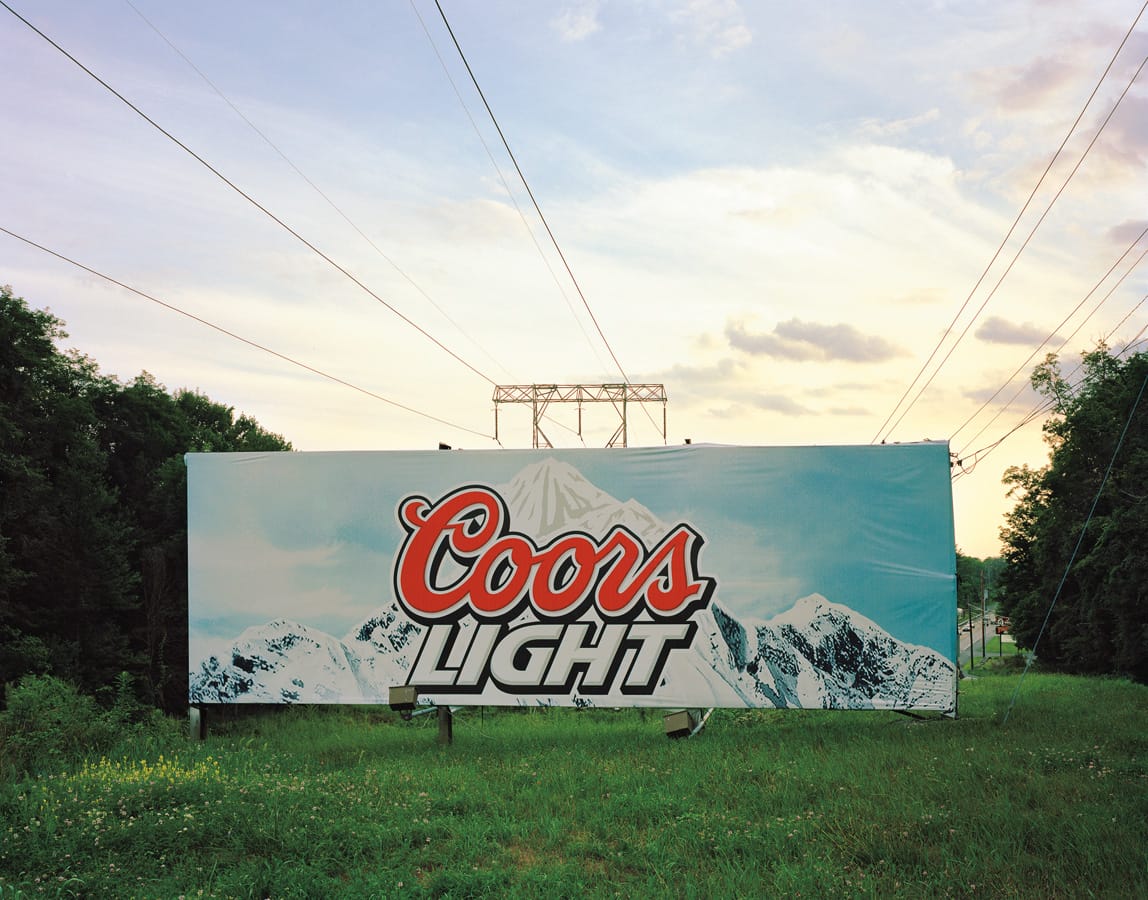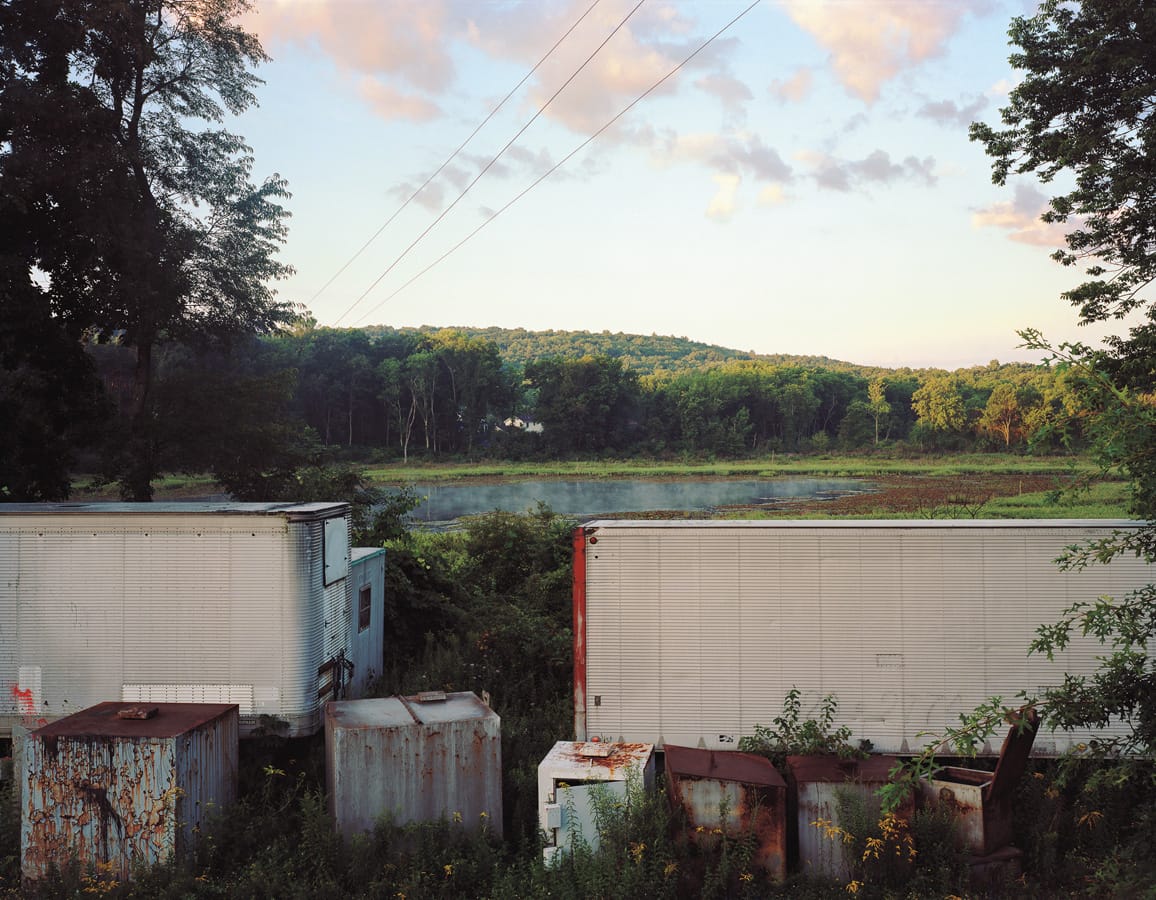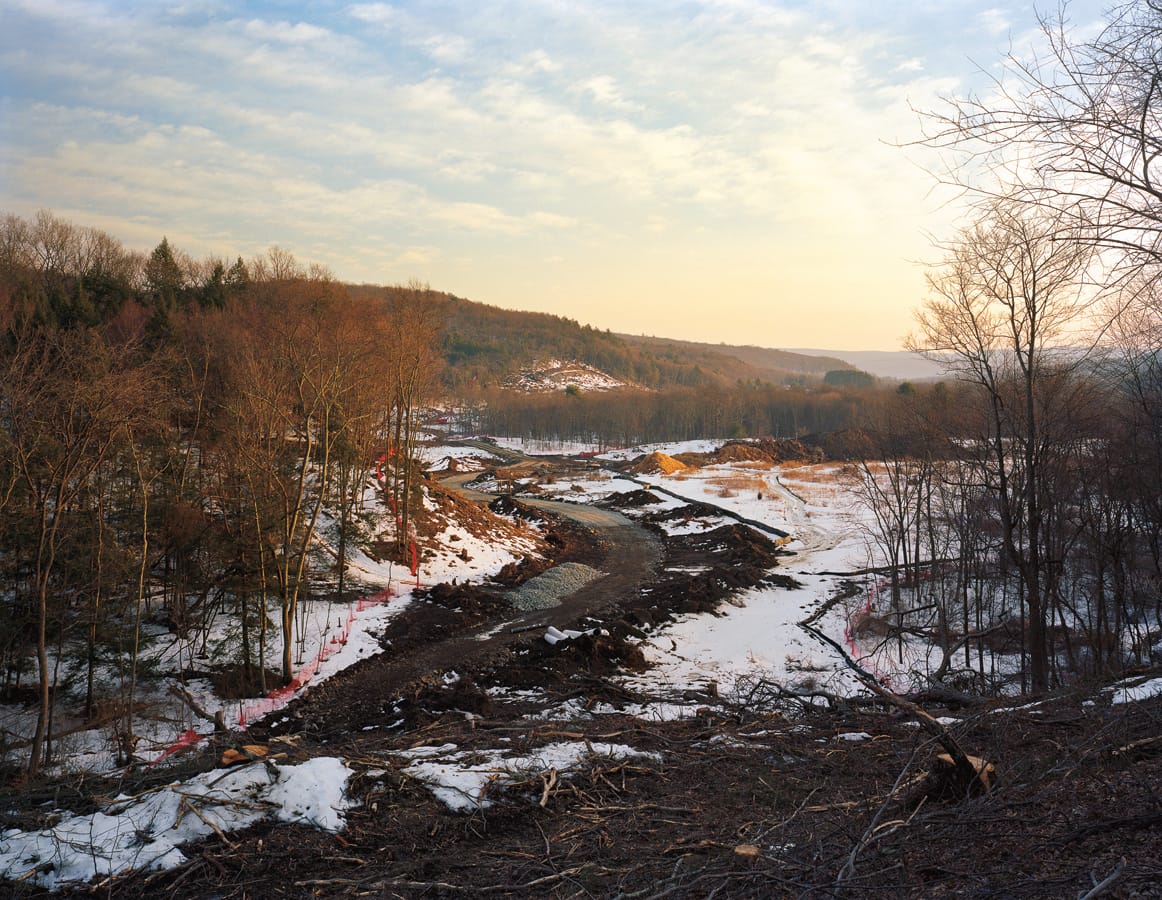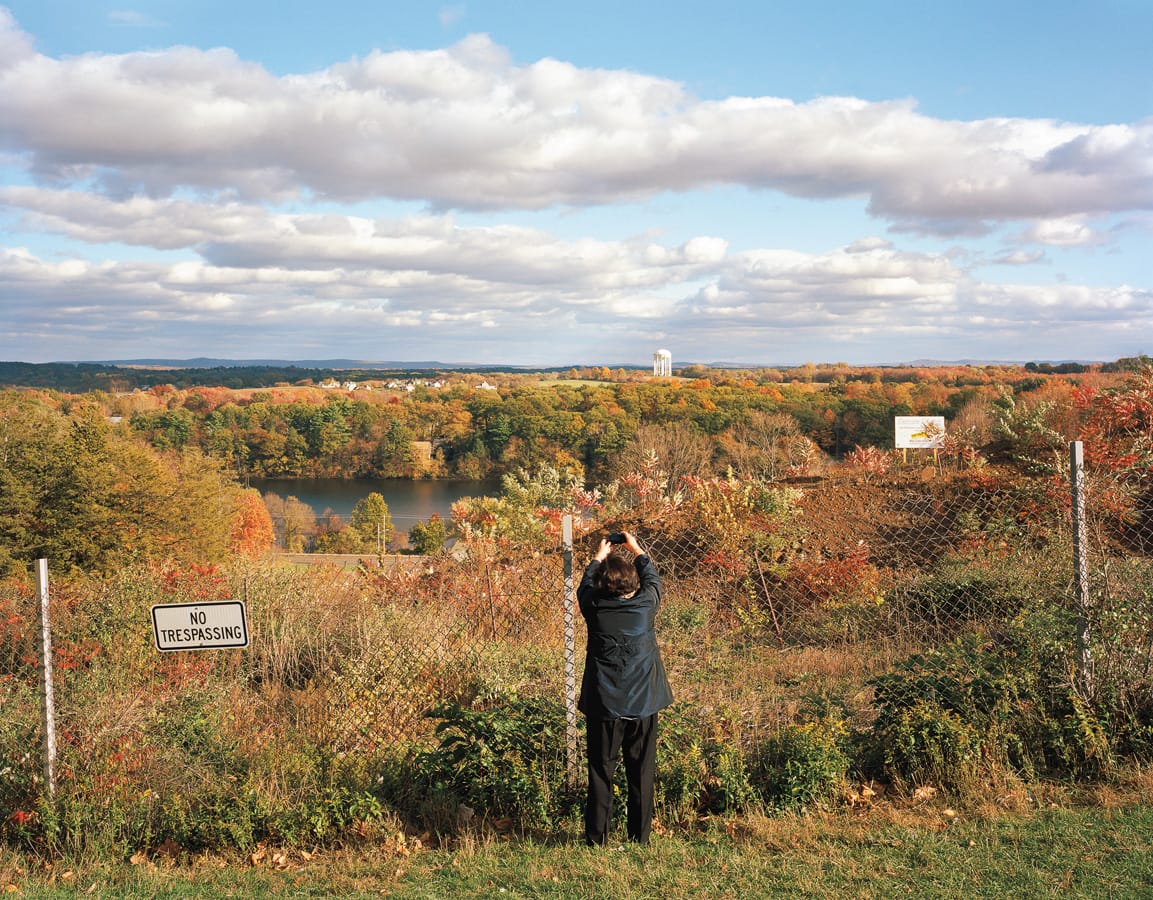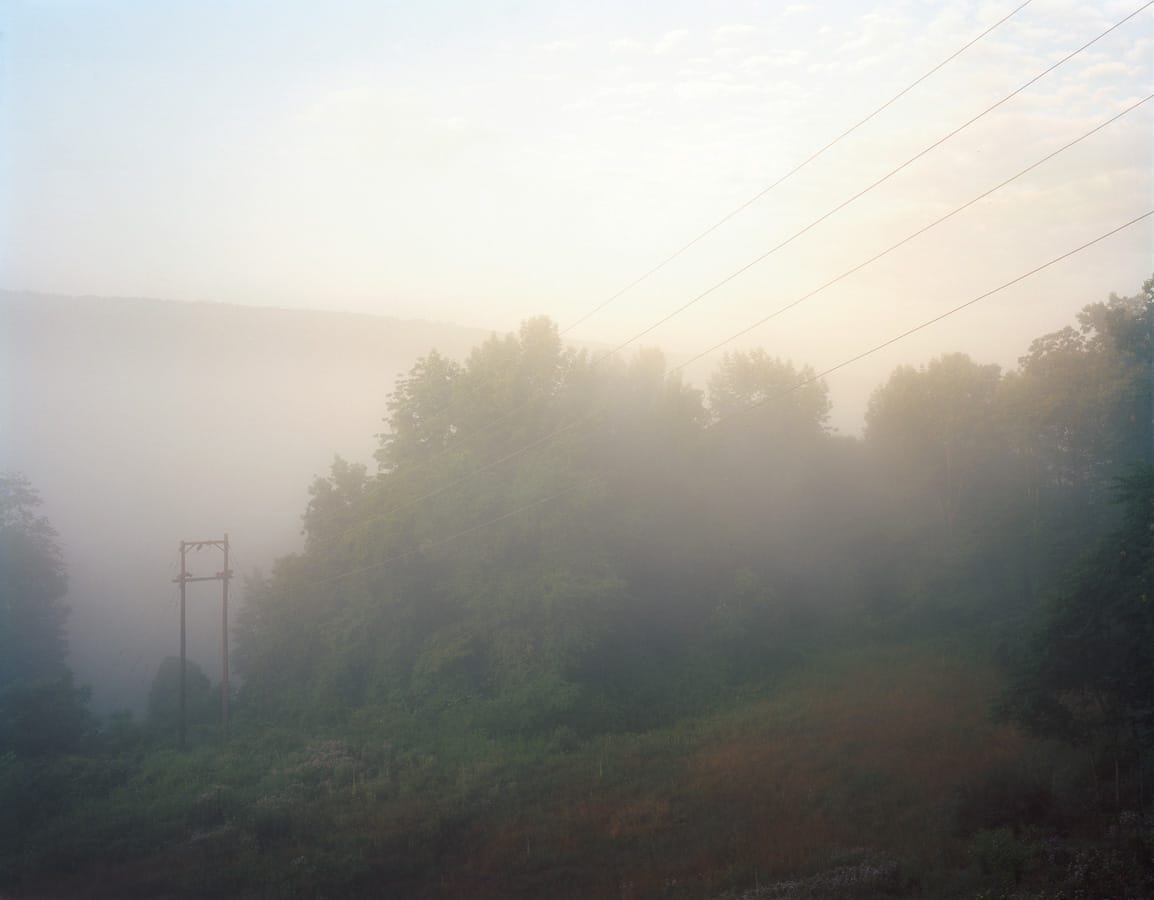A Photographer Visits the Contemporary Landscape of Thomas Cole's "The Oxbow"
"[American scenery] has its own peculiar charm — a something not found elsewhere," the 19th century painter Thomas Cole once wrote.
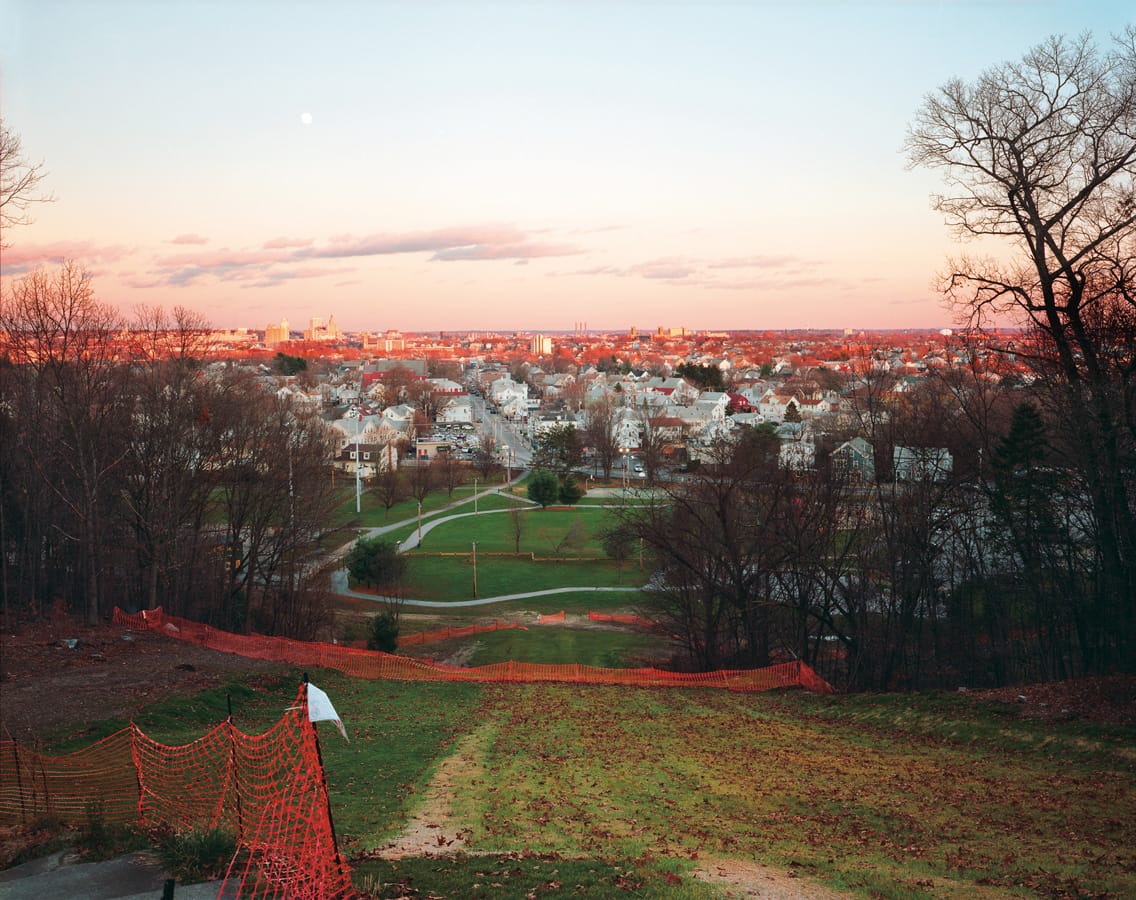
“[American scenery] has its own peculiar charm — a something not found elsewhere,” the 19th-century painter Thomas Cole once wrote. The Hudson River School founder and his followers were given to romanticizing the North American wilderness: their paintings presented it as a verdant Canaan ripe for the taking, helping establish a mythical national identity that’s been hard to shake since.
In 2010, photographer Peter Croteau decided to revisit the landscape of one of Cole’s most famous paintings to compare how the folklore fares with the facts. He had been particularly drawn to “The Oxbow” — formally titled “View from Mount Holyoke, Northampton, Massachusetts, after a Thunderstorm” (1836) — while visiting the Metropolitan Museum of Art as an undergraduate art history major, struck by the way it suggested dark consequences to westward expansion.
“The left side of the painting shows a stormy, wild, and unclaimed landscape, while the right side depicts the new landscape of man and its agrarian settlements along the Connecticut River,” he told Hyperallergic. “The broken tree in the foreground barely hangs on for its life, representing the fragile natural landscape.”
The prophetic nature of Cole’s painting became clear when Croteau reached the top of Mount Holyoke — a massive parking lot sat just 50 feet away from the spot where the artist had long ago positioned himself to paint. He decided to turn away from the Oxbow and document it instead. “The prescribed views of the landscape that our society reveres are no more important than any other space in the American landscape,” he explained.
Croteau continued recording similarly mundane scenes. He shot tract house suburbs, hidden dumping sites, and abandoned trailers — all from high vantage points in moody weather and otherworldly lighting conditions, tropes the Hudson River School used to provoke awe. “Construction Site” (2012) even mimics the composition of “The Oxbow” itself, with a tree in the left-hand corner entrapped by orange industrial netting.
“Paintings of the Hudson River School preserved the image of a place in all its glory but not the actual place itself,” Croteau said. By depicting the modern landscape realistically, his series The Road to Oxbow suggests a truer American national identity — one in which consumption and waste have a far more central place than nature.
